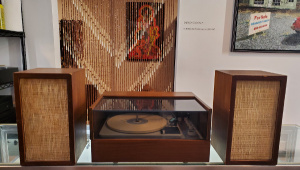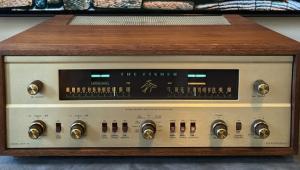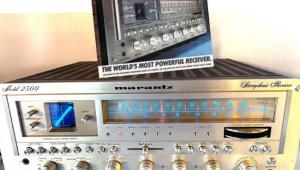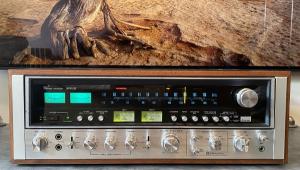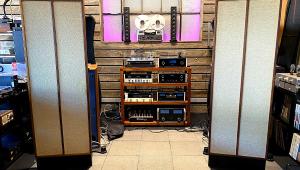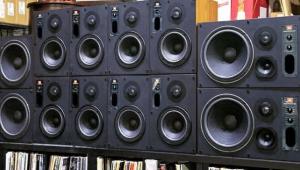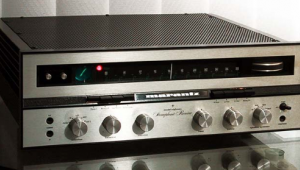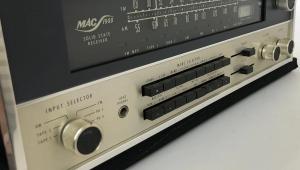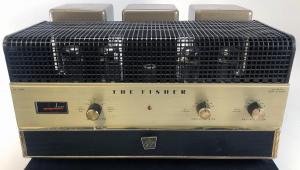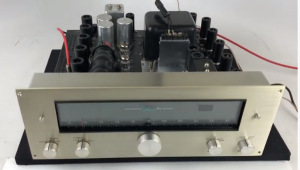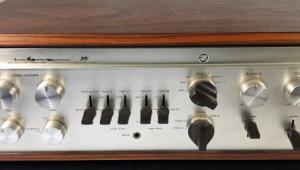The Klipschorn Speaker
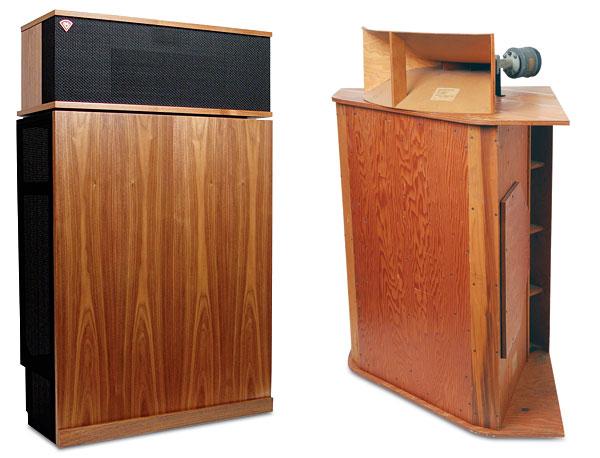
The K-Horn became a three-way design in 1951, with 1-, 2-, and 15-inch horn-loaded drivers. Design specifications continued to evolve over the years, and at different times Stephens and Electrovoice woofers were used as the standard drivers. The K-Horn and all subsequent Klipsch speakers are designed in accordance with the founder’s four core principles: high efficiency, low distortion, controlled dispersion, and flat frequency response.
Incredibly, the 50.75-x-31.25-x-28.25-inch, 175-pound K-Horn is still in production and is still hand-built in Arkansas with the 1951 driver configuration. As big as it is, Paul Klipsch’s original intent was to design a compact version of a professional movie theater speaker, but one that would sound great in a home. Fast-forward to 2012, and big horn speakers are still used behind the screens in cinemas, so it should surprise no one that this 66-year-old design outperforms most contemporary home theater speakers.
Nowadays speakers with horn-loaded woofers are extremely rare, but—trust me on this—nothing pressurizes a room like a pair of K-Horns with 15-inch bass drivers. While there have been hundreds of incremental design improvements to the Klipschorn over the years, the fundamentals are unchanged. The 1949 price was $590 each, which was very expensive for the time, so the current $4,500 MSRP seems very reasonable for a speaker hand-built in the U.S.
(Thanks go out to Klipsch’s Mark Casavant and Jim Hunter for their help in preparing this report.)
